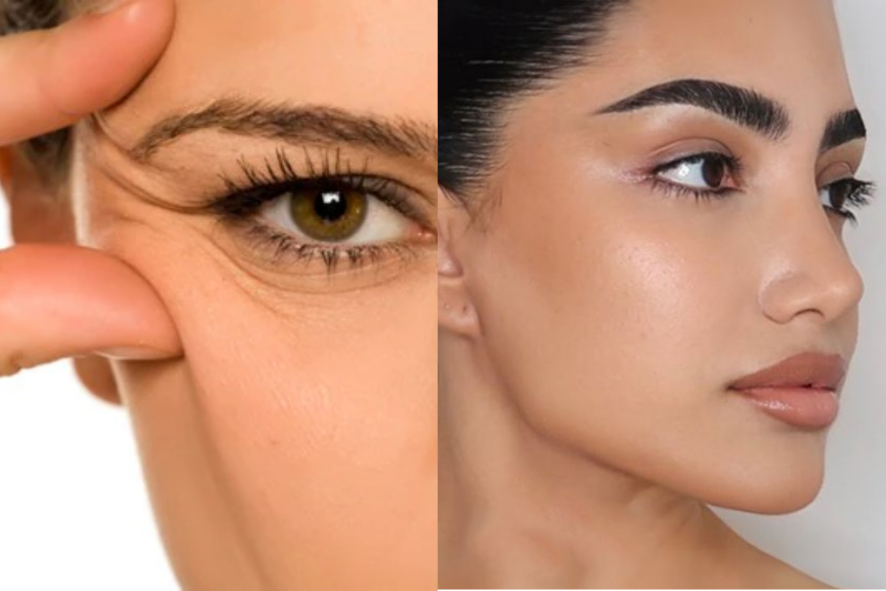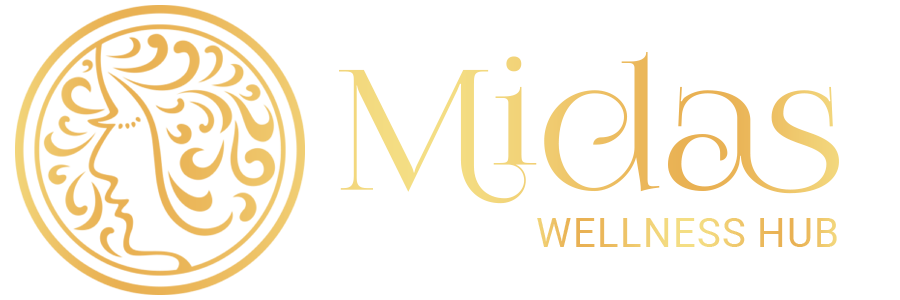
Botox for Wrinkle Reduction vs. Fillers for Face Contouring – Which Treatment Is Best for You?

Botox for Wrinkle Reduction vs. Fillers for Face Contouring – Which Treatment Is Best for You?
When it comes to non-surgical cosmetic treatments, Botox and dermal fillers are two of the most popular options. Both can help you achieve a youthful, refreshed appearance without the downtime of surgery. Yet, they work in very different ways.
If you’re wondering which treatment is right for you, understanding their differences, benefits, and how they can be combined is key. This guide will also explore how functional medicine can help support your results from the inside out for long-lasting, natural beauty.
Understanding Botox and How It Works
Botox is a purified form of botulinum toxin type A, a neurotoxin that works by temporarily relaxing targeted facial muscles. This softens the appearance of dynamic wrinkles lines that form from repeated facial expressions such as frowning, smiling, or squinting.
Common Botox Treatment Areas:
- Forehead lines
- Frown lines (glabellar lines) between the eyebrows
- Crow’s feet around the eyes
- Bunny lines on the nose
- Neck bands
How Botox Reduces Wrinkles
Botox works by blocking the nerve signals that tell your facial muscles to contract. When these muscles are relaxed, the overlying skin appears smoother. This makes Botox highly effective for wrinkles caused by muscle movement rather than volume loss.
Understanding Dermal Fillers and How They Work
Dermal fillers are gel-like substances injected beneath the skin to restore lost volume, enhance facial contours, and smooth static wrinkles those caused by aging, gravity, and loss of collagen.
The most common fillers are made from hyaluronic acid, a substance naturally found in the skin that helps keep it hydrated and plump.
Common Filler Treatment Areas:
- Cheeks for added lift and contour
- Lips for fullness and definition
- Nasolabial folds (smile lines)
- Marionette lines around the mouth
- Under-eye hollows
- Jawline and chin for facial shaping
How Fillers Shape the Face Naturally
As we age, we lose fat, collagen, and elasticity in the face. Fillers restore volume in specific areas, creating a lifted, youthful, and well-balanced facial shape. Unlike Botox, fillers do not relax muscles they physically replace lost volume or enhance existing structure.
Botox vs. Fillers: Key Differences
Purpose – Botox is best for wrinkles from muscle movement; fillers are best for restoring volume and facial shaping.
Results Timeline – Botox takes 3–7 days to show results, while fillers offer instant improvement.
Longevity – Botox results last around 3–4 months; fillers can last 6–18 months depending on the type used.
Treatment Method – Botox relaxes muscles; fillers add structure and volume.
Choosing the Right Treatment for a Natural Look
The best option depends on your facial concerns:
You might choose Botox if:
- You have forehead lines, crow’s feet, or frown lines.
- You want smoother skin without altering your facial shape.
You might choose Fillers if:
- You want to enhance cheekbones, lips, or jawline.
- You have deep folds or volume loss making you look tired.
For many people, a combination approach works best Botox for the upper face to smooth dynamic wrinkles, and fillers for the mid and lower face to restore youthful contours.
How Functional Medicine Supports Botox and Filler Results
While Botox and fillers work externally, functional medicine focuses on optimizing your body’s internal health to enhance and prolong those results. The idea is simple: your skin reflects your internal health.
1. Supporting Skin Health from the Inside Out
Functional medicine practitioners assess your nutrition, hormone balance, inflammation levels, and lifestyle factors to identify root causes of premature aging. By improving these internal factors, your skin can respond better to treatments and maintain results longer.
2. Reducing Chronic Inflammation
Chronic inflammation accelerates collagen breakdown and skin aging. Functional medicine uses anti-inflammatory diets, gut health optimization, and targeted supplements to lower inflammation, creating a healthier skin environment for Botox and fillers to work effectively.
3. Enhancing Collagen Production Naturally
Even though fillers restore lost volume, natural collagen production is essential for maintaining firmness. Functional medicine supports collagen production through:
- Vitamin C-rich foods and supplementation
- Amino acids like glycine and proline
- Balanced hormone levels (especially estrogen, progesterone, and DHEA)
4. Detoxification and Skin Clarity
Toxin buildup in the body can affect skin quality. Functional medicine supports liver detox pathways with specific nutrients and hydration strategies, leading to clearer, more vibrant skin perfect for showcasing the results of cosmetic treatments.
5. Addressing Hormonal Imbalances
Hormonal shifts, especially during perimenopause and menopause, can cause sagging, dryness, and wrinkles. Functional medicine testing can identify imbalances, and treatment plans can help restore hormone harmony, supporting youthful facial structure naturally.
What to Expect from Your Treatment Journey
Consultation and Facial Assessment
A skilled cosmetic injector will evaluate your facial anatomy, expression patterns, and aging concerns. They will decide whether Botox, fillers, or both are best for your goals.
The Treatment Experience
Botox: Quick injections with minimal discomfort, no downtime.
Fillers: Slightly longer sessions, sometimes with numbing cream. Mild swelling or bruising may occur.
Post-Treatment Care
Avoid rubbing the treated area for 24 hours.
Stay upright for several hours after Botox.
Avoid intense workouts for the rest of the day.
Combining this with functional medicine’s lifestyle and nutrition guidance ensures you protect your investment in your appearance.
Combining Botox, Fillers, and Functional Medicine for Maximum Results
When done strategically, Botox and fillers can deliver natural, youthful, and balanced results. However, pairing these with functional medicine’s inside-out approach helps you:
- Maintain skin health long-term
- Reduce the need for frequent touch-ups
- Support overall wellness while enhancing appearance
By taking care of your internal health, diet, hydration, and stress levels, you give your skin the best environment to thrive meaning your Botox lasts longer and your fillers look fresher.
Final Thoughts
Botox and dermal fillers are powerful tools in aesthetic medicine. Botox works best for smoothing out expression lines, while fillers excel at restoring lost volume and enhancing natural contours.
If you want the best, most natural results, don’t just focus on the surface look deeper. Functional medicine complements cosmetic treatments by optimizing your skin health from within, ensuring your results are not only beautiful but also long-lasting.
Your ideal treatment plan may involve Botox, fillers, or a combination of both guided by a skilled injector and supported by a functional medicine approach. This dual strategy helps you age gracefully, naturally, and confidently.

